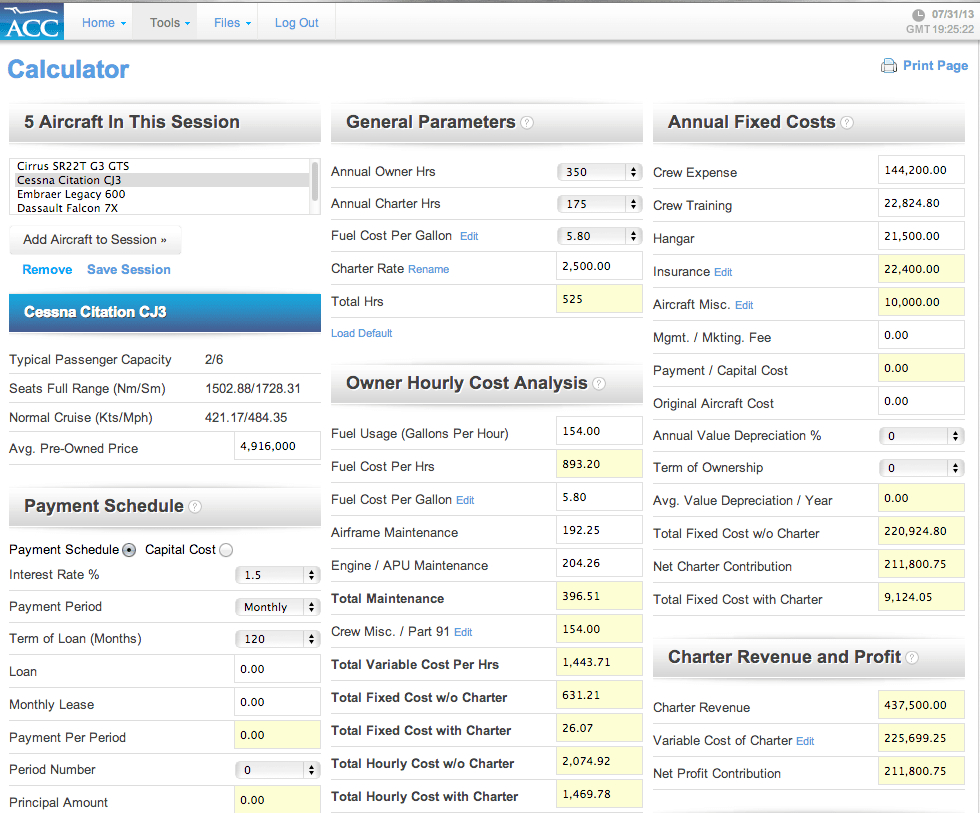
The lower the amount of the loan, the lower your payments will be and the shorter the life of the loan will be. You can calculate this by dividing the total annual cost ($300,000) by the total billable days (200). To understand the calculation of the CODB, let’s take Company Alpha as an example. Their total annual cost is $600,000, and they have 200 billable days per year. Directly reflects the health and efficiency of main business operations.
How do operating costs affect profit?
- Further, fixed costs in your income statement also reflect on your balance sheet and cash flow statement.
- Apple’s total operating costs must be examined over several quarters to get a sense of whether the company is managing its operating costs effectively.
- Operating expenses are expenses that your business incurs over the normal course of its operations.
- Others may renegotiate with suppliers for lower prices, or seek alternatives that provide similar quality at a reduced cost.
Scan and categorize your receipts, integrate your invoices, and stay on track with your budget to make tax time a breeze. Try FreshBooks free to discover how the right accounting software can streamline your operating expenses tracking. As a result, all the above expenses, excluding income taxes and interest, are your business’ operating expenses. However, the amount you invest in capital assets, like plant and machinery, needs to be capitalized, meaning you need to write off such expenses over a period of time.
Value Historical Data
Consider all costs when figuring the costs of owning a particular vehicle. Lastly, it’s worth noting that the income statement will also list non-operating expenses or incomes. If operating costs are too high, your business may not be profitable. Even if you cannot bring in more revenue, you can decrease operating costs to increase your profit margin. Operating costs are the day-to-day expenses of running your business.
Operating Income: Understanding its Significance in Business Finance
Variable costs will change depending on your productivity and output. For example, if your company manufactures and sells an unusually large volume of product in one month, you’ll pay a greater amount to ship that product to your client. Things like transportation and fuel costs, seasonal labor, and raw materials are variable costs. Besides considering fixed costs, your business will need to keep track of its costs structures through cost statements.
What is the cost of doing business if the annual cost is $300,000 and it functions 200 days per year?
Operating expenses are expenses that your business incurs over the normal course of its operations. Accordingly, there can be two possibilities to increase your business earnings, either by increasing your revenue or reduce your operating cost. Any operating expenses that aren’t related to production are considered non-operating expenses. Purchasing new tires for a fleet of delivery trucks is an operating expense while repainting the office building is a non-operating expense. By analyzing operating cost ratios, businesses can identify areas where costs are excessive and implement strategies to reduce them. This means that 25% of the company’s revenue is consumed by its operating expenses.
What factors affect the cost of doing business?
In addition to depreciation, salaries are another fundamental indirect fixed cost. Besides this, your business may also incur interest charges as fixed costs. Outsourcing can save a company money by negating the need for investment in resources or staffing for these tasks.

Typically, such costs include direct COGS or cost of goods sold and operating expenses, such as overhead costs, rent, raw materials, and more. That said, these costs do not cover tax treatment of self the financing-related non-operating expenses, like foreign currency translation and interest. Operating costs are the daily expenses that keep your small business running.
You can reduce your operating expenses to remain competitive in the market and increase your profits. These cost ratios offer valuable information about a company’s ability to control costs, drive growth, and maintain profitability. Savvy investors often scrutinize these ratios when considering potential investment opportunities. After all, a business that fails to keep its operating costs in check may struggle to turn a profit, which could adversely affect the return on investment.
By understanding and analyzing operating cost ratios, you can identify areas for improvement and make informed decisions to optimize financial performance. These are the ongoing costs of running your business, such as rent, salaries, utilities, and marketing. Some of these costs are unavoidable, like fixed costs, and others change with an increase or decrease in production, such as variable costs. The third type has a base cost but increases with higher production—known as semi-variable costs. Non-operating expenses appear below the operating expenses in your income statement.
Operating expenses are all the normal costs of running a business and are divided into both fixed costs and variable costs. Most operating expenses are tax-deductible, so it’s important to track and categorize your operating expenses so you can make the most of your tax return. FreshBooks expense tracking software can help businesses efficiently track and categorize their operating expenses, such as rent, utilities, insurance, and travel expenses. This feature helps businesses stay on top of their operating expenses, monitor their cash flow, and identify areas where they can reduce costs.




Neueste Kommentare